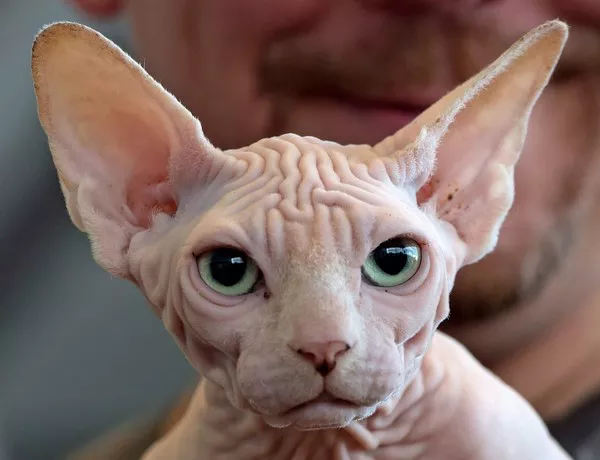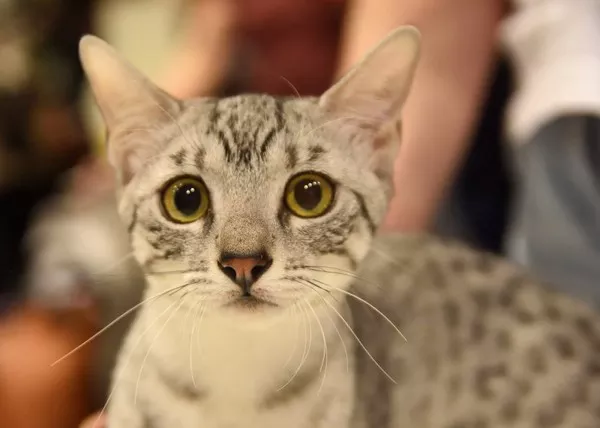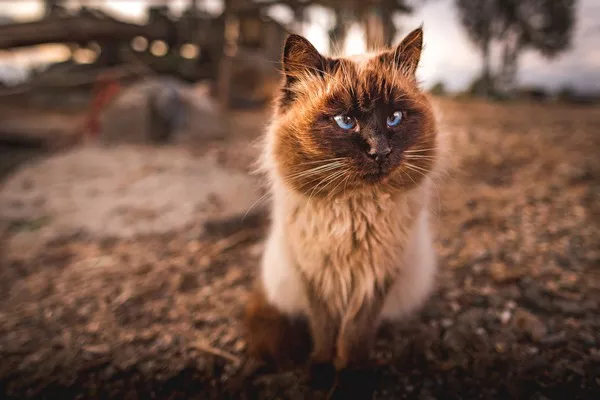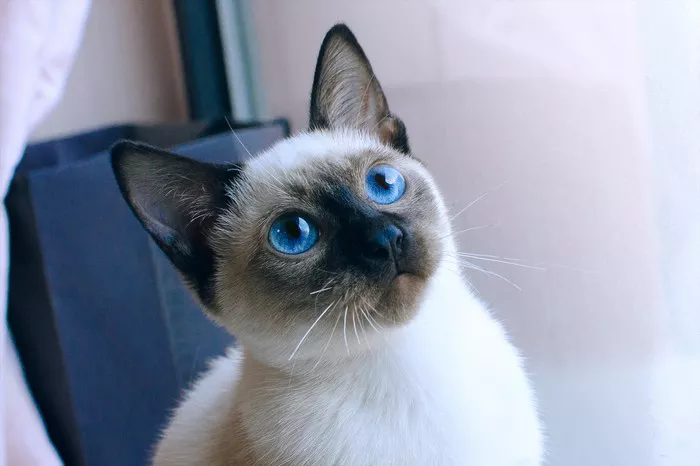Hairless cats, known for their striking appearance and unique charm, have captured the attention of cat enthusiasts worldwide. These enigmatic felines, also known as “naked cats” or “hairless wonders,” evoke curiosity about their origins and how they came to be. In this article, we embark on a journey to unravel the mysterious beginnings of hairless cats, exploring their historical roots, genetic mutations, and the diverse breeds that share this intriguing trait.
1. Ancient Beginnings: Hairless Cats in History
Hairless cats may seem like a modern novelty, but their history dates back centuries. The earliest known depictions of hairless cats can be traced to ancient civilizations such as the Aztecs in Mexico, where they were revered as sacred beings. The Aztecs referred to these unique felines as “Mexican hairless cats” or “Xoloitzcuintli,” associating them with spirituality and believed to possess healing and protective powers.
2. The Arrival of the Canadian Sphynx: A Modern Miracle
The modern history of hairless cats took a significant turn with the emergence of the Canadian Sphynx in the 1960s. The breed’s foundation can be traced to a domestic cat named Elizabeth, found in Toronto, Canada, in 1966. Elizabeth, a hairless cat, gave birth to a litter of kittens, some of which were also hairless, sparking intrigue among cat enthusiasts.
3. Genetic Mutation: The Secret to Hairlessness
The hairlessness of Sphynx cats and other hairless breeds can be attributed to a natural genetic mutation. This mutation affects the gene responsible for producing hair and results in a lack of fur. While specific genes involved in hairlessness vary among different hairless cat breeds, the underlying mechanism is a recessive gene that leads to hairlessness when inherited from both parents.
4. Canadian Sphynx Development: A Breeding Revolution
Following Elizabeth’s discovery, breeders in Canada embarked on a breeding program to develop and stabilize the Sphynx breed. The breeding program involved crossing hairless cats with various domestic cat breeds to introduce genetic diversity and avoid potential health issues associated with inbreeding.
5. The Don Hairless: The Russian Connection
In the 1980s, another hairless cat breed emerged on the scene—the Don Hairless. Originating in Russia, the Don Hairless cat also owes its hairless appearance to a genetic mutation. Similar to the Canadian Sphynx, the breed was developed through selective breeding and gained recognition as a distinct hairless cat breed.
6. The Peterbald: A Russian Beauty
In the early 1990s, another Russian hairless breed was developed—the Peterbald. The Peterbald breed resulted from crossing a Don Hairless cat with an Oriental Shorthair, introducing a unique appearance and distinct personality traits to the hairless cat family.
7. The Elf Cat: A Crossbred Wonder
As interest in hairless cats continued to grow, a new breed—the Elf Cat—emerged in the United States in the early 2000s. The Elf Cat is a result of crossing a Sphynx with an American Curl, adding adorable curled ears to its hairless allure.
8. Bambino Cats: The Short-Legged Beauties
The Bambino cat, developed in the early 2000s in the United States, is another hairless breed with a distinctive trait—short legs. The Bambino is a cross between the Sphynx and the Munchkin, combining the hairless appearance with the endearing “short-legged” trait.
9. The Ukranian Levkoy: An Unconventional Beauty
In the early 2000s, the Ukranian Levkoy breed emerged in Ukraine, known for its hairless appearance and unique folded ears. The breed was created by crossing a Scottish Fold with a Don Hairless, resulting in a captivating combination of traits.
10. The Donskoy: The Versatile Russian Breed
The Donskoy cat, originating from Russia in the early 2000s, is another hairless breed with a distinctive feature—its wrinkled skin. The Donskoy was developed by crossing hairless cats with various other breeds, leading to a versatile and captivating appearance.
Conclusion:
Hairless cats, with their fascinating history and unique genetic makeup, have evolved from ancient civilizations to become cherished and adored members of households worldwide. The journey of hairless cat breeds began centuries ago, with depictions in ancient civilizations like the Aztecs. The modern history of hairless cats took a significant turn with the emergence of the Canadian Sphynx in the 1960s, followed by the development of various hairless breeds across the globe.
The genetic mutation responsible for hairlessness has led to the creation of diverse and enchanting hairless cat breeds, each with its distinctive traits and personality. From the Sphynx to the Don Hairless, Peterbald, Elf Cat, Bambino, Ukrainian Levkoy, and Donskoy, each breed continues to gain popularity and captivate cat enthusiasts.
Responsible breeding practices and ethical care are essential for maintaining the health and well-being of hairless cats. As the global fanbase for hairless cats grows, these unique felines continue to win the hearts of cat lovers worldwide, leaving a lasting impression with their captivating appearance and affectionate nature.



























